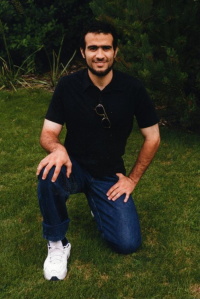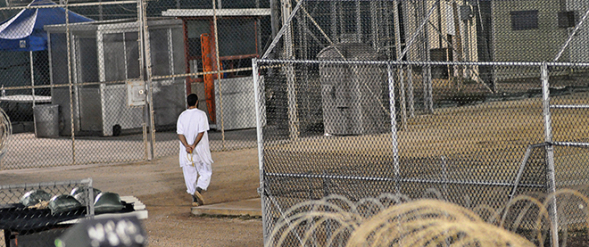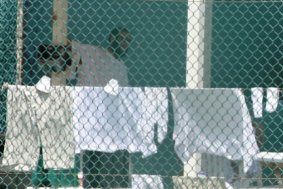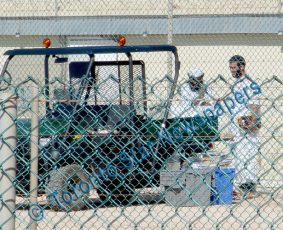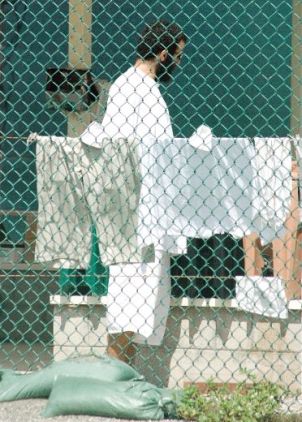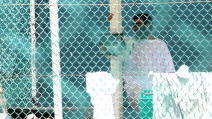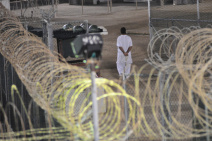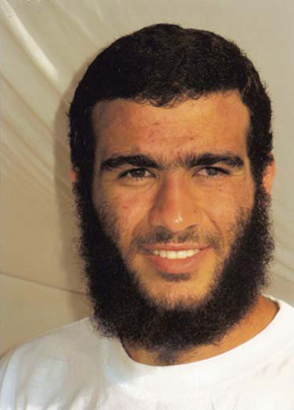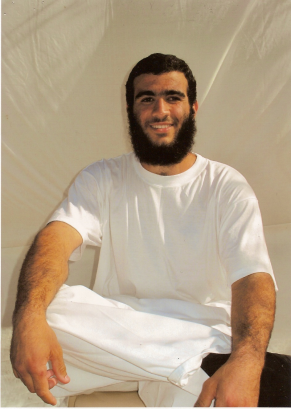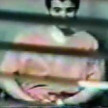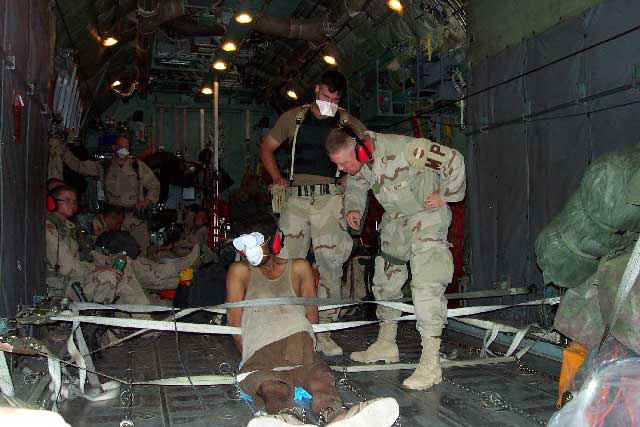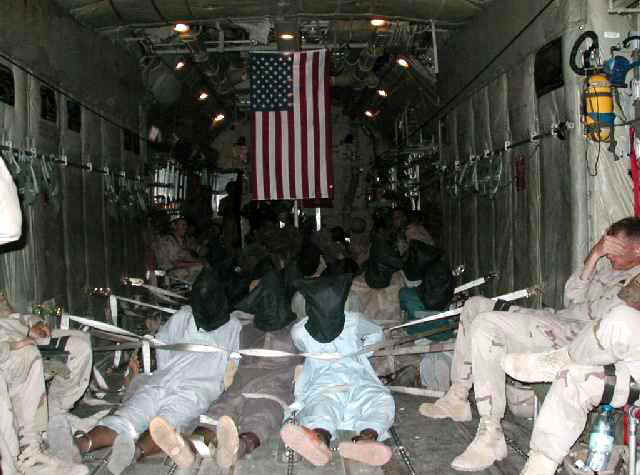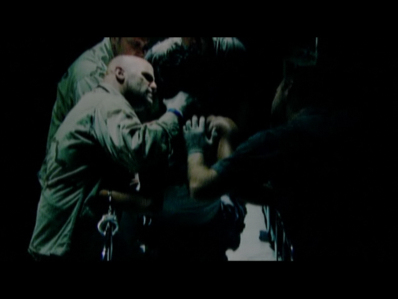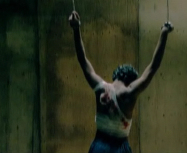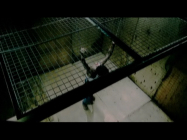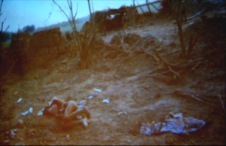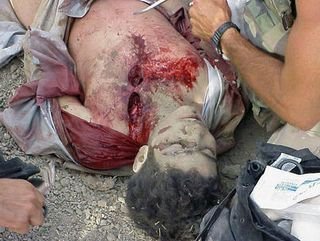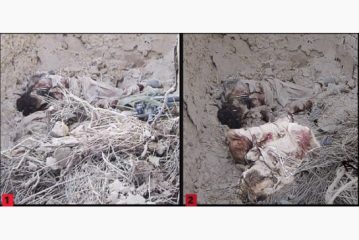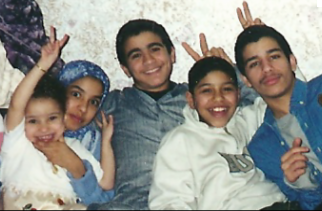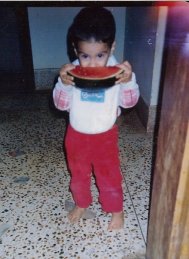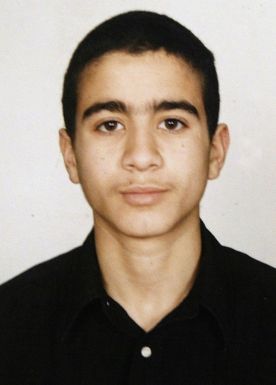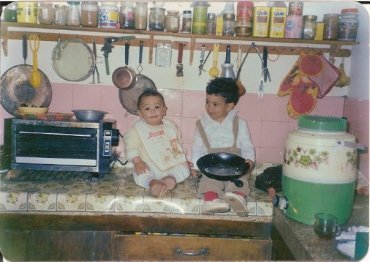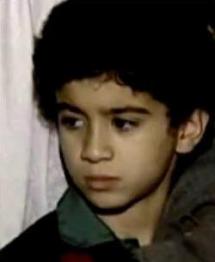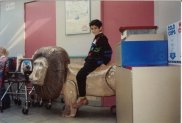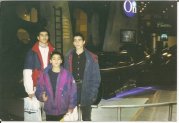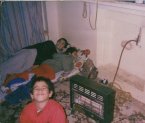CANADA | 2012 - 2014
“Since I’ve come to Edmonton [prison] I’ve been feeling more connected to this beautiful city and it’s wonderful people. Everytime I see somebody new or somebody writes to me I feel that I belong to Edmonton and that makes my heart warm. It’s a gratifying feeling to belong to a place and to know that you are cared about and thought of. For that I’m eternally grateful to you, the city of Edmonton and all its wonderful people […] I can never get used to people who care for me without knowing me personally. It is always heart-warming and reassuring, and it never ceases to inspire me to keep on going. People like yourselves are what we, as Canadians, pride ourselves with, the generosity to empathize with others in hardship and suffering.”
- Photos: Omar (27) in Bowden Institution at Eid al-Fitr 2014. First published photos of him in 6 years.
GUANTANAMO BAY | 2002 - 2012
In 2010, after his ‘conviction’ by an internationally condemned military ‘court’ on the basis of a ‘confession’ forced through torture, Omar was kept in solitary confinement for 18 hours a day. He remained there for two years, due to the refusal of the Canadian government to demand his extradition. The sporadic and secretly caught shots reveal Omar getting some fresh air after hours spent in a windowless cell.
In his 2014 affidavit Omar stated that “the plea agreement was constructed by the US government in its entirety”, and that he had signed it only to escape the “continued abuse and torture” at Guantanamo Bay.
- Photos: Omar (age 24) prison yard, Camp Delta 5 - Guantanamo Bay | 2010 - 2012
In May 2009, the Red Cross photographed the detainees in Guantánamo, held without charge or trial for years and no family visits. It allowed the families of the detainees to finally see a glimpse of their loved ones after many years. Omar smiles brightly for his family.
- Photos above: Omar (age 22) | Red Cross pictures - Guantanamo Bay | 2009
- Photos above: Omar (age 16 ) interrogated by Canadian Security Intelligence Service (CSIS) - Guantanamo Bay | 2003 - 2004
“While at Guantanamo, I have been visited on numerous occasions by individuals claiming to be from the Canadian government. These included four visits in the course of four days in a row, starting on March 27, 2003.
I was very hopeful that they would help me. I showed them my injuries and told them that I told the Americans whatever they wanted me to say because they would torture me. The Canadians called me a liar and I began to sob. They screamed at me and told me that they could not do anything for me. I tried to cooperate so that they would take me back to Canada. I told them that I was scared and that I had been tortured. After the Canadians left and I told the Americans that my previous statements were untrue, life got much worse for me. They took away all of my things except for a mattress. I had no Koran and no blanket. They would shackle me during interrogations and leave me in harsh and painful positions for hours at a time. One navy interrogator would pull my hair and spit in my face. […] Within a day of my last visit from the Canadians, my security level was changed from Level 1 to Level 4 minus, with isolation. Everything was taken away from me, and I spent a month in isolation. The room in which I was confined was kept very cold. It was like a refrigerator.”
Based on the recorded footage of the interrogations, Canada’s Supreme Court ruled in 2010 that Canada had violated Omar’s constitutional rights from 2003 - 2004, and that Canadian officials were complicit in his torture.
BAGRAM - GUANTANAMO BAY | 2002
“After about three months, I was taken to Guantanamo. For the two nights and one day before putting us on the plane, we were not given any food so that we would not have to use the bathroom on the plane. They shaved our heads and beards, and put medical-type masks over our mouths and noses, and goggles and earphones on us so that we could not see or hear anything. One time, a soldier kicked me in the leg when I was on the plane and tried to stretch my legs. On the plane, I was shackled to the floor for the whole trip. They half-dragged half-carried us so quickly along the ground off the plane that everyone had cuts on their ankles from the shackles. They would smack you with a stick if you made any wrong moves.
Two soldiers then took charge of me. One pushed my back into the wall with his elbow, and the other pushed my face into the wall. Although the goggles and headphones had been removed, the mask was still over my mouth and nose and it was difficult to breathe. They held me like this, and I could not breathe, and passed out. When they felt me falling they would start to relax, but then when I began to wake up, they would do it again until I passed out and began to fall again. They did this to me about 3 or 4 times. There were other prisoners there who were not being treated like this.”
- Photos: How Omar (just 16 years) was airlifted to Guantánamo Bay | Oct 2002
BAGRAM, AFGHANISTAN | 2002
When Omar arrived in Bagram US Air Base, he was unconscious for a week. Upon regaining consciousness and not having received any medical treatment on his raw war wounds, the young teen was put under a torture program immediately, threatened with rape, and hung for hours from the ceiling in stress positions. Although he had no memory of what had happened in the compound, he knew that they would only stop torturing him if he “admitted” to killing an American soldier who lost his life during the battle. Former fellow detainees and guards admit that although the youngest detainee there, Omar was treated the worst by the US military in the prison; his detainment in Bagram lasted three months.
“During this interrogation, the more I answered the questions and the more I gave him the answers he wanted, the less pain was inflicted on me. I figured out right away that I would simply tell them whatever I thought they wanted to hear in order to keep them from causing me such pain.”
The pictures contain the torture / interrogation techniques to which he was subjected to in Bagram, as stated in his [affidavit].
- Photos: Omar (age 15) tortured in Bagram US Air Base | 2002 Jul - Oct
KHOST, AFGHANISTAN | 2002
Omar was the first person attacked and rendered unconscious when the US fired heavy artillery at the compound where he was staying. When he was found, nearly dead, lying face down and unconscious under a pile of rubble, he was shot twice in the back by two American soldiers. The soldiers left him alone in this critical state of near death, until he was put in a helicopter and taken to Bagram US Air Base.
“I was first taken prisoner by U.S. forces on July 27, 2002, when I was 15 years old. I was severely wounded in the battle when I was captured. I was shot at least twice in the back, at least once through my left shoulder exiting through my left breast, and once under my right shoulder, exiting out of my upper right side. I was also struck with shrapnel in my left eye, and was wounded in my left thigh, knee, ankle and foot.
I have no memory at all of that day or anything at all about a grenade being thrown at any U.S. soldiers.”
- Photos: Omar (age 15) rendered unconscious and then shot by U.S. soldiers | 27 July 2020
HOME / CANADA | < 2002
“I just want to be as normal as any normal unknown Canadian. My most joyful memories of my life were in Canada, like school and going to the zoo and seeing the auto show which until my last day I had car posters and magazines”.
Omar was always the obedient son, beloved to his mother, polite, sensitive and with a wide smile. Like any ordinary young boy, he loved going to the zoo and observing the animals, had a passion for cars and visited auto shows.
- Photos: Omar (age 15 and younger) the peaceable kid
The Canadian government (Liberal and Conservative) over these years:
Thirteen years ago, Canada was aware that Omar Khadr, a Canadian citizen, was in Bagram and then Guantanamo Bay, being relentlessly tortured and having his rights as a Canadian, child and human violated. Instead of demanding the US repatriate its citizen, Canada became complicit in the violation of its citizen’s rights. Omar Khadr’s ongoing detention is a mockery of international law and justice by the Canadian government, which continues to persecute and violate the rights of one of its own citizens.


